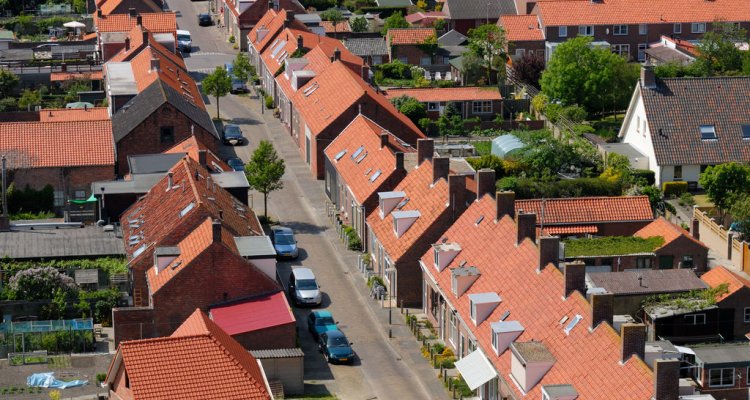People With A Green Garden Have Less Health Issues
More greenery in domestic gardens is not only favourable for climate adaptation and biodiversity in cities. It also seems to have a major impact on residents’ health and well-being. This is one of the outcomes of a study by Wageningen University & Research and the Netherlands Institute for Health Services Research into the association between having a garden at home, and one’s health.
“The strength of the associations that we found is striking,” says Sjerp de Vries, project leader at Wageningen Environmental Research. The research team studied the relationship between having a garden at home (and the amount of greenery in those gardens), and how often medical conditions occur (as known to one’s GP). For many conditions, having a garden at home was found to be favourably associated with how often they occur. And for even more conditions, the amount of greenery in domestic gardens showed favourable associations as well.
De Vries: “This is something to take into account for future housing projects, and when developing visions on urban planning. More houses being built as blocks of apartments, will mean that more people won’t have a domestic garden, which could negatively affect public health.”
The medical conditions studied
The study identified 21 types of medical conditions. 9 of them were found to be less common among people who have a domestic garden, regardless of its size and the amount of greenery in it. The link is strongest for stroke/brain haemorrhage. Among people with a domestic garden, this condition was found to be 15% less common than among those without one. An unfavourable relationship was found for one condition (elbow, wrist and hand problems). For the other 11 types of conditions, no relationships were found.
In addition, the researchers looked at the amount of greenery in domestic gardens, divided into five classes (including a class ‘no garden’). De Vries: “For 20 out of 21 disorders we saw a relationship. Again, the only unfavourable relationship was related to elbow, wrist and hand problems.” The positive relationship is strongest for intestinal infections: these occur at least 20% less often among people who have 50 m2 (or more) of green space at home, than among those without a domestic garden.
Mapping greenery and health data
De Vries: “To visualise the amount of greenery in people’s gardens and their living environment, Wageningen Environmental Research developed a map. It is based on digital aerial photos from 2018, and was checked against independent data sources, such as data obtained from municipalities about green spaces.”
The health data were obtained from GP patient records, and were compiled by the Netherlands Institute for Health Services Research (Nivel). Relevant patient characteristics were taken into account, such as age, gender, education level and household income.

